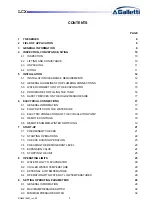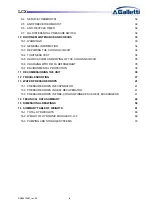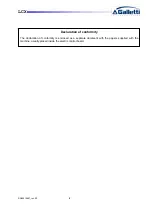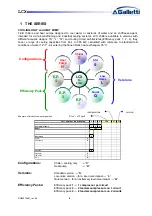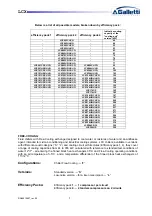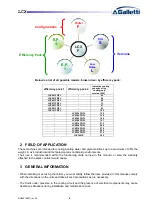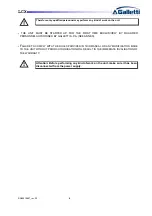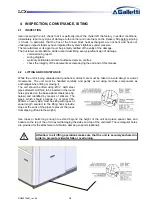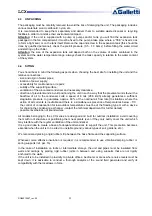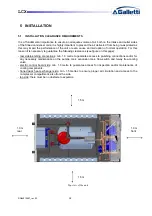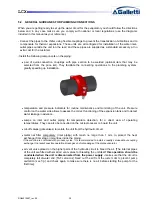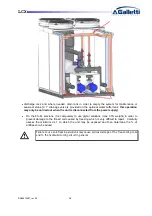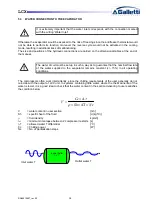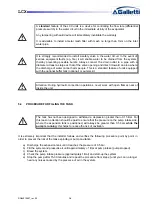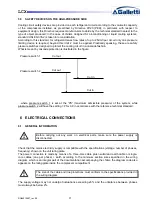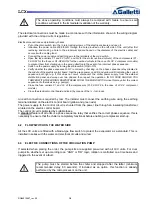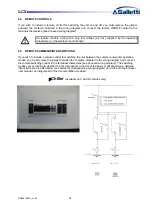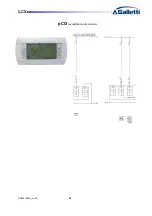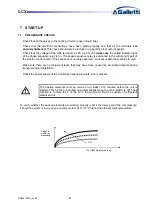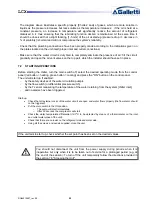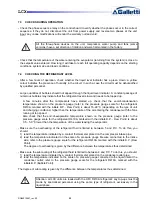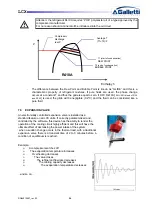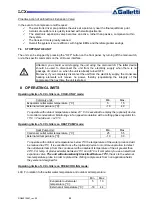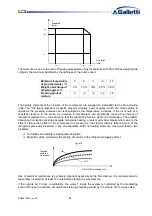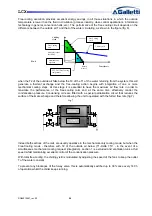
LCX
RG66010687_rev.00
13
5.2
GENERAL GUIDELINES FOR PLUMBING CONNECTIONS
When you are getting ready to set up the water circuit for the evaporator you should follow the directions
below and in any case make sure you comply with national or local regulations (use the diagrams
included in this manual as your reference).
- Connect the pipes to the chiller using flexible couplings to prevent the transmission of vibrations and to
compensate for thermal expansions. These units are all configured for installation of the water inlet-
outlet pipes outside the unit (on the rear) and these pipes are supplied as a standard accessory at no
extra cost for the customer.
-
Install the following components on the piping:
pair of quick-connection couplings with pipe section to be welded (optional item that may be
selected from the price list). They facilitate the connecting operations to the plumbing system,
greatly speeding up installation.
temperature and pressure indicators for routine maintenance and monitoring of the unit. Pressure
control on the water side allows to assess the correct functioning of the expansion tank and to detect
water leakage in advance.
sumps on inlet and outlet piping for temperature detection, for a direct view of operating
temperatures. They can also be consulted on the microprocessor on board the unit.
cut-off valves (gate valves) to isolate the unit from the hydraulic circuit.
metal net filter compulsory (inlet piping) with mesh no large than 1 mm, to protect the heat
exchanger from slag or impurities inside the piping.
If the machine is combined with process cycles, it is recommended to install a readily serviceable uncoupling
exchanger to prevent possible operation blockages and/or breakage of the plate evaporator.
air vent valve placed on the higher parts of the hydraulic circuit to bleed the air. [The internal pipes
of the unit are fitted with small air vent valves for bleeding the unit itself:
this operation should be
conducted when the unit is disconnected from the power supply -
make sure that the circuit is
completely full of water
and (FS-FL versions) bleed out the air from the water coils to prevent pump
cavitation (see fig.)
and check again to make sure there is no air before starting the pump for the
first time].



